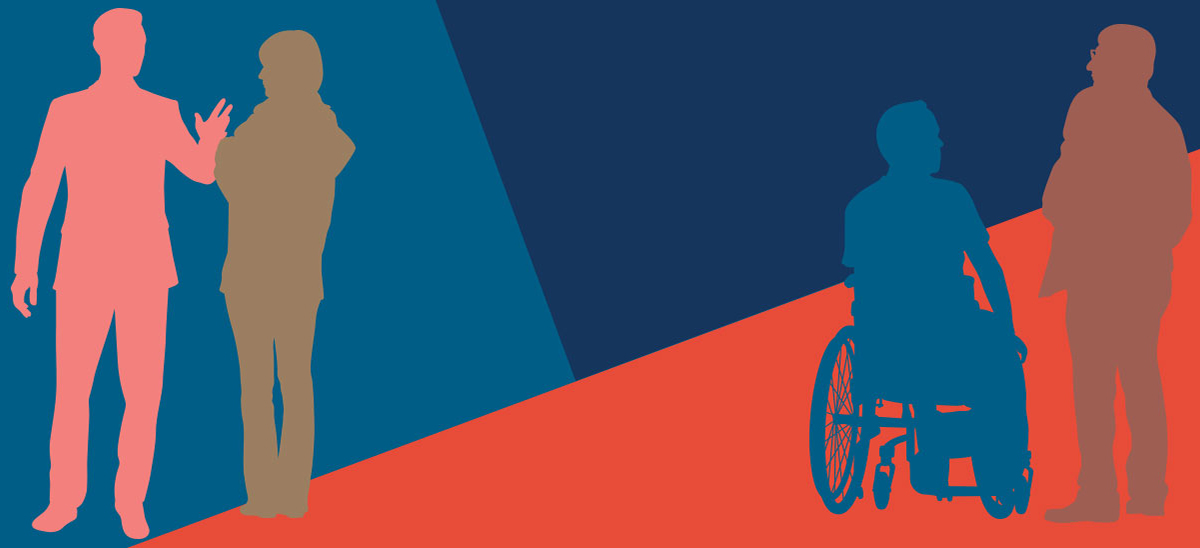U.S. Surgeon General Richard Carmona released today a major review of the scientific evidence on secondhand smoke: The Health Consequences of Involuntary Exposure to Tobacco Smoke. This subject was last reviewed by the Surgeon General’s office twenty years ago, under Dr. C. Everett Koop.
The comprehensive study examined the link between secondhand smoke and a large number of diseases to determine if the evidence demonstrated a causal link between secondhand smoke and each disease. It also studied the extent to which nonsmokers were exposed to secondhand smoke in public places where smoking occurred.
The major conclusions of the studies are:
- Secondhand smoke causes premature death and disease in children and in adults who do not smoke.
- Children exposed to secondhand smoke are at an increased risk for sudden infant death syndrome, acute respiratory infections, ear problems, and more severe asthma. Smoking by parents causes respiratory symptoms and slows lung growth in their children.
- Exposure of adults to secondhand smoke has immediate adverse effects on the cardiovascular system and causes coronary heart disease and lung cancer.
- The scientific evidence indicates that there is no risk-free level of exposure to secondhand smoke.
- Many millions of Americans, both children and adults, are still exposed to secondhand smoke in their homes and workplaces despite substantial progress in tobacco control.
- Eliminating smoking in indoor spaces fully protects nonsmokers from exposure to secondhand smoke. Separating smokers from nonsmokers, cleaning the air, and ventilating buildings cannot eliminate exposures of nonsmokers to secondhand smoke.
This is a major contribution to public awareness about secondhand smoke and will very likely inform and encourage the drive to ban smoking in public buildings. I hope it will also persuade smokers who are parents to quit.
